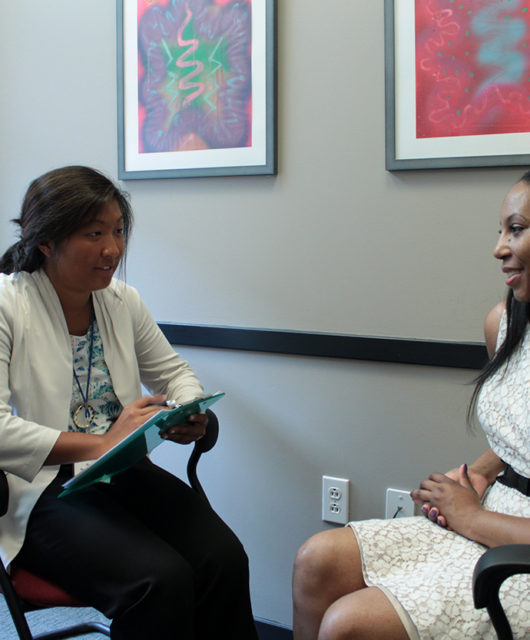The Role of Technology in Propelling Minimal Scarring Plastic Surgery

It’s hard to believe the advancements that have been made in plastic surgery over the last century. Just a few years ago, plastic surgery left ugly scars that had to be strategically covered. Surgery often involved making large incisions in the body and maneuvering bulky tools around to nip, tuck, and insert for the desired result.
When plastic surgery was first performed, it involved skin grafts from one part of your body to the next while your skin was still attached. It meant sitting still for weeks while you waited for the skin to adhere.
The way we did plastic surgery 20 years ago was a breeze, but patients were still left wanting more. Prominent scarring prevented the seamless appearance patients enjoy now.
But, thanks to science, plastic surgery is now safer and more appealing than ever before. The wide variety of surgical options available allow for smoother procedures to achieve a universally-desired result: a more youthful appearance.
“Aging is inevitable,” comments Dr. Mark Schusterman, a board-certified plastic surgeon in Houston. “It is the one common bond we all share, yet it takes us each down a different path.” For many, many people, it involves going under the knife to get a transformed look without unsightly results.
Incredible advancements in technology make body contouring, breast enhancement, facial rejuvenation, and so much more possible with minimal scarring and amazing results. These advancements deserve to be recognized and applauded.
Achieving Great Results with Minimally Invasive Surgery
Did you know that there have been 38 face transplants to date? The idea that you can totally restructure someone’s face is mind-blowing. One can only imagine what the next few decades hold for plastic surgery. Now, some of the most groundbreaking moves in modern plastic surgery procedures include:
- Personal planning: Apps and media resources make it easy for patients to visualize different procedure outcomes.
- Preoperative planning: Doctors can do their fair share of planning with computerized technologies. They can examine CT scans and other records to identify risk factors and deliver a safer, more personalized result.
- Endoscopic procedures: A scope can be inserted through a small incision to alter one’s appearance with minimal scarring.
- Biologic products: Rather than using your own skin to alter your physical appearance, plastic surgeons can use pre-engineered tissues to accomplish their means. It certainly beats using live skin grafts like they did in the early days of plastic surgery.
- 3D printing: Some tissues can be produced through 3D printing.
- Lasers: These red-hot beams can remove blemishes and tighten tissues for a longer-lasting result on procedures such as facelifts.
The advancements are already incredible, but we’re far from the end of our discoveries and technological uses.
It’s Not Perfect Yet, But Acceptance Is Growing
Although there have been some incredible improvements in procedures, it’s not yet the seamless process that we hope it will be. If you’re expecting to instantly look like your favorite movie star or have absolutely no scarring, think again.
“Everybody is looking for the holy grail,” Robert Singer, a San Diego plastic surgeon told the San Diego Tribune. “Everybody is looking for no down time, limited cost, maximum results. In many things … you don’t get major improvement from minor procedures.”
It still takes time for your body to heal, and you can’t completely change your appearance and achieve a perfect result. That’s simply unrealistic, and the technology hasn’t advanced quite that far yet. Research will continue to develop, and as happy as patients are with today’s minimally invasive surgeries, they’ll be even more thrilled with the new technologies.
This will hopefully pull down some of the barriers that currently face plastic surgery. The evolution of technology promotes stronger faster recovery and better results, leading to more universally accepted procedures. Plastic surgery doesn’t have the same media-induced negative connotation that it once held, and we have the evolution of technology to thank for that.









